Beautiful Map of Vienna with an Unusual SECRET Designation
Large and striking mid-19th-century plan of Vienna showing the city in magnificent detail immediately before the formation of the Austro-Hungarian Empire.
The map shows roads, neighborhoods, parks, and more. House numbers are given. Gardens are shown in detail. The map extends past the palaces and parks of the northeast to the still-convoluted Danube, not yet straightened.
Maps of Vienna in this era are prized as they provide a rare insight into the city's layout as it was when it was a cultural capital of old Europe. The city was soon to be restructured, as discussed below, meaning that the city of Mozart, Salieri, Haydn, and their contemporaries was very different than that of Freud, Wagner, Adler, Zweig, and others who came later.
On the map, the city retains some of its early layout with two sets of ramparts, one around the outer perimeter of the city and one around the Innere Stadt. However, it also shows some early indications of the Ringstrasse, which is here termed the Burg-Ring. The ramparts don't appear on this map and are replaced by gardens. In some places, developments have already permeated into this previously undeveloped area. This Ringstrasse, today a defining feature of Vienna, is commonly used as a prime example of "historicism," or how historical context defines the use of space and vice versa. The early ramparts made for a crowded and separated city which led to its medieval characteristics, while the Ringstrasse allowed for a more connected and inclusive use of space.
This uncommon map was published in at least one variant, where the nine neighborhoods listed at the left of the image are colored differently. The map was published in Vienna in 1863 and lithographed by Anstalt v. w. Zoeller.
Provenance
This example of the map bears purple British government stamps in the center-left. These stamps, reading "SECRET" and "Registered SDS" appear to be from the late 19th or early 20th century, and it is unclear why this map was designated as such at a time when it would have been outdated. However, this suggests that the map was in the possession of a British ministry at some point.











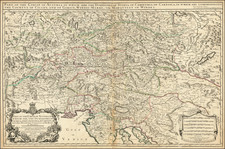
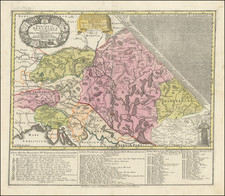
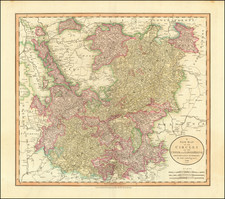
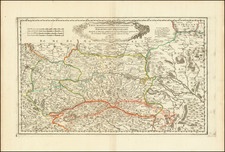
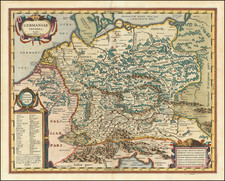
![(Italy and Austria) Carta geografica statistica postale dell’I.R. Monarchia Austriaca e dell’Italia [Statistical postal geographic map of the Imperial Royal Austrian Monarchy and of Italy]](https://storage.googleapis.com/raremaps/img/small/94038.jpg)